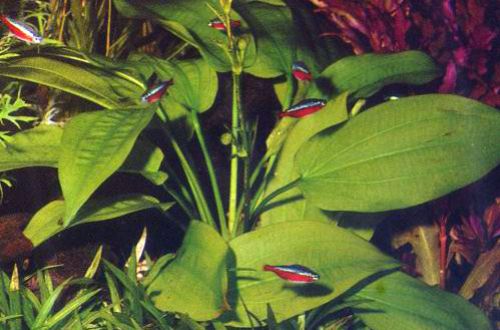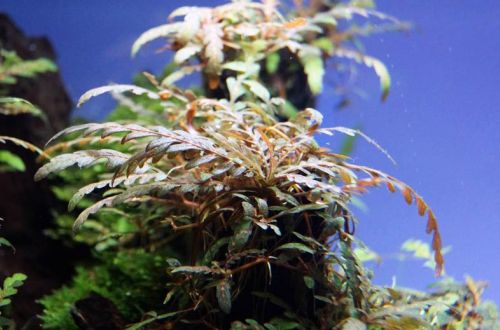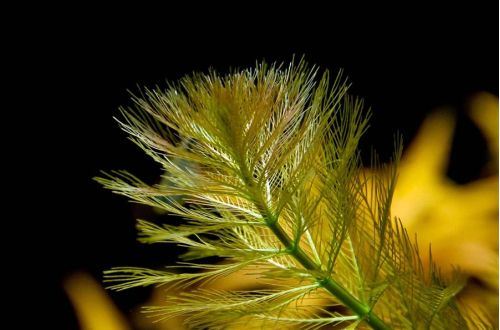
Echinodorus horizontalis
Echinodorus horizontalis, scientific name Echinodorus horizontalis. The plant is native to South America, widely distributed in the upper Amazon basin in the north of the continent, in particular in Ecuador. It grows in lowlands along the banks of rivers, in wetlands under the canopy of a tropical forest. During the rainy season, it is under water for a long time.

The plant has several artificially bred varieties that look similar to each other. Leaf blades are pointed, oval in shape with thin longitudinal veins on thin long petioles. The color of the leaves is light green. In the surface position, the leaves are parallel to the surface and “scatter” in diameter up to half a meter. Under water, it is noticeably lower, growing in height up to 15–20 cm and, accordingly, smaller in scope.
Echinodorus horizontalis is able to grow both in paludariums and in aquariums. In the first case, cultivation is complicated by the high susceptibility of this plant to the fungus. Grows better when submerged, forming submerged inflorescences. Optimum conditions are achieved with moderate lighting, soft slightly acidic water with a good supply of carbon dioxide and nutrient soil.





